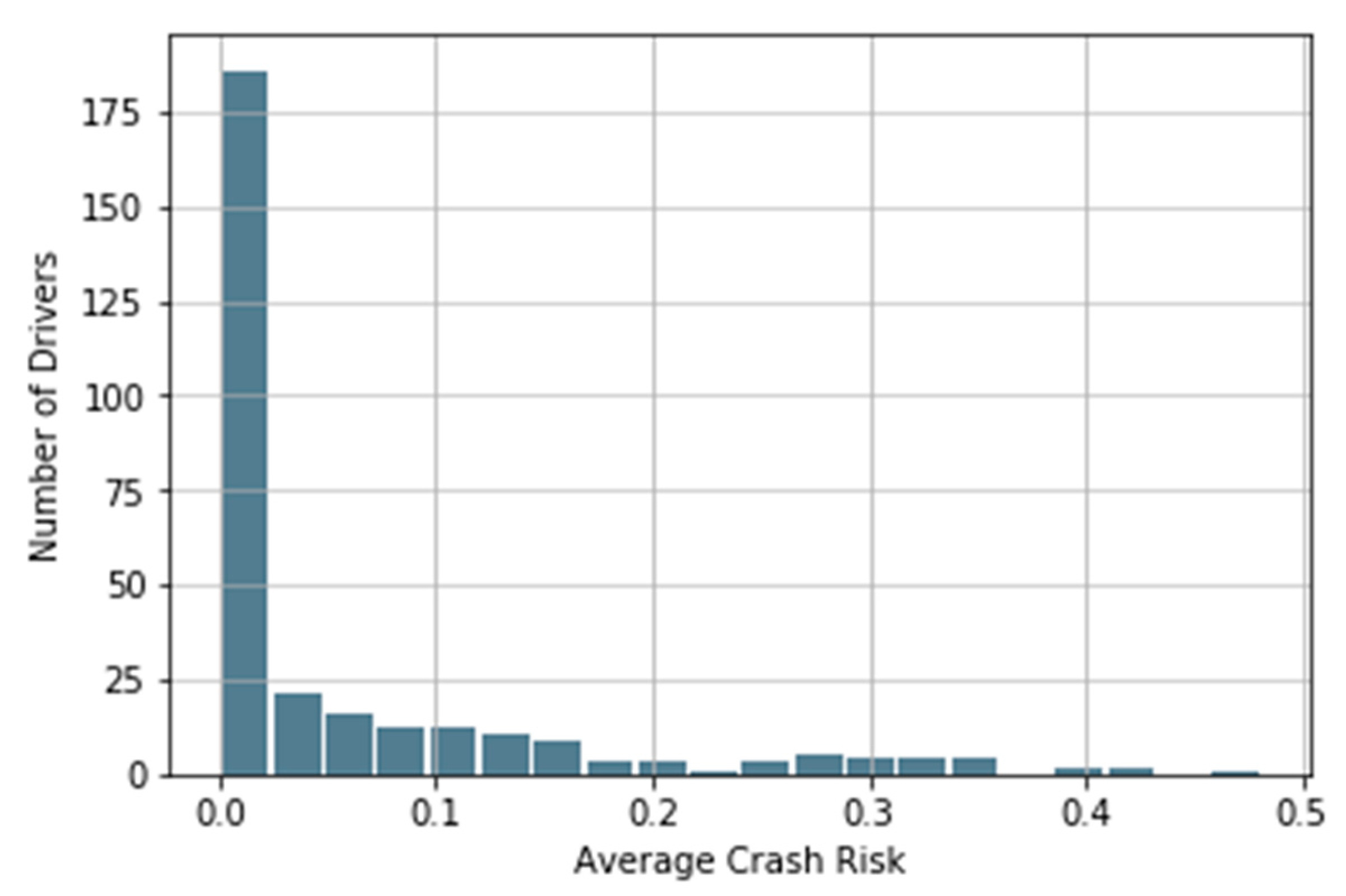The model is applied to traffic simulations of cars and trucks with the intelligent driver model as the underlying car-following model. An open system with an on-ramp is studied, and the resulting lane-changing rate is investigated as a function of the spatial coordinate as well as a function of traffic density. Xuan, Y., Coifman, B., 'Identifying Lane Change Maneuvers with Probe Vehicle Data and an Observed Asymmetry in Driver Accommodation,' Journal of Transportation Engineering, ASCE, Vol 138, No 8, 2012, pp 1051-1061. ’pushy’ driver induce a lane change of a slower driver ahead in order to be no longer obstructed. This is a common phenomenon for asymmetric passing rules with a dedicated lane for passing. We apply the model to traffic simulations of cars and trucks with the Intelligent Driver Model (IDM) as underlying car-following model.
Dr. Coifman received his PhD Civil and Environmental Engineering from the University of California, Berkeley in 1998. Dr. Coifman currently holds a joint appointment in the Department of Civil, Environmental, and Geodetic Engineering and the Department Electrical and Computer Engineering at the Ohio State University. He has over 130 peer reviewed publications. Dr. Coifman's research interests include: (1) developing Intelligent Transportation System (ITS) applications that can be realized in the short term while yielding benefits both in the short term and in the long run; (2) bridging the gap between academia and practice, as well as bridging the gaps between disciplines; and (3) developing new approaches to traffic surveillance that will lead to better traffic control and improved traffic flow theory. He has been working to address the deficiencies in conventional traffic surveillance and control since 1995. The result of this work has been a better interpretation of traffic data, advances in traffic flow theory, new aggregation methodologies for traffic detectors that provide greater accuracy and extract new information, vehicle reidentification techniques that extend traffic surveillance to the entire roadway, development of non-traditional vehicle detection technologies, and data validation tools.
Honors and Awards
His work has been recognized by several awards, including the TRB Greenshields Award, the ITS America Award for The Best ITS Research, the NSF CAREER award, the OSU Lumley Research Award, and the OSU Lumley Interdisciplinary Research Award.
Dublin Coffman Drivers Ed
Dr. Coifman received his PhD Civil and Environmental Engineering from the University of California, Berkeley in 1998. Dr. Coifman currently holds a joint appointment in the Department of Civil, Environmental, and Geodetic Engineering and the Department Electrical and Computer Engineering at the Ohio State University. He has over 130 peer reviewed publications. Dr. Coifman's research interests include: (1) developing Intelligent Transportation System (ITS) applications that can be realized in the short term while yielding benefits both in the short term and in the long run; (2) bridging the gap between academia and practice, as well as bridging the gaps between disciplines; and (3) developing new approaches to traffic surveillance that will lead to better traffic control and improved traffic flow theory. He has been working to address the deficiencies in conventional traffic surveillance and control since 1995. The result of this work has been a better interpretation of traffic data, advances in traffic flow theory, new aggregation methodologies for traffic detectors that provide greater accuracy and extract new information, vehicle reidentification techniques that extend traffic surveillance to the entire roadway, development of non-traditional vehicle detection technologies, and data validation tools.

Drivers Of Management Performance
Honors and Awards

Drivers Confirmation
His work has been recognized by several awards, including the TRB Greenshields Award, the ITS America Award for The Best ITS Research, the NSF CAREER award, the OSU Lumley Research Award, and the OSU Lumley Interdisciplinary Research Award.